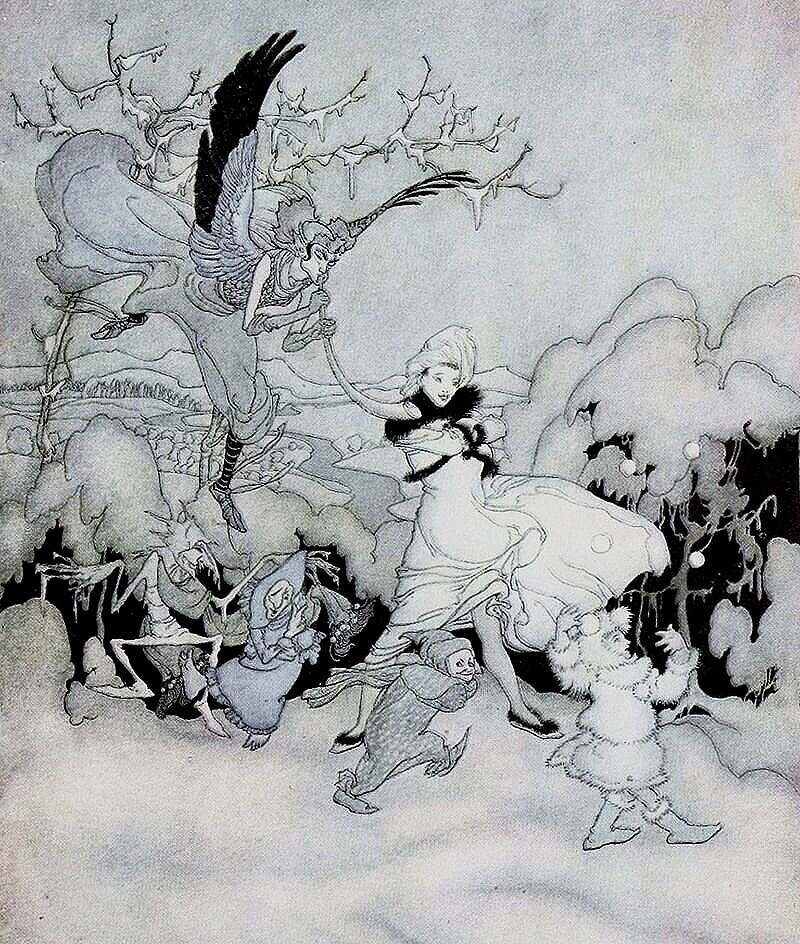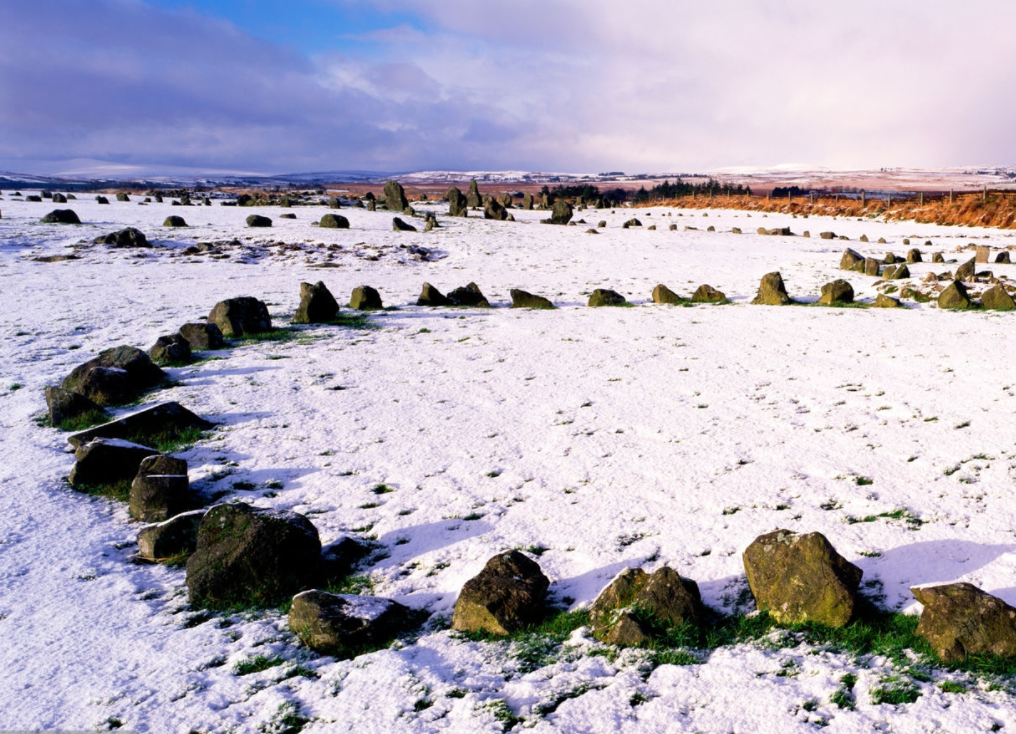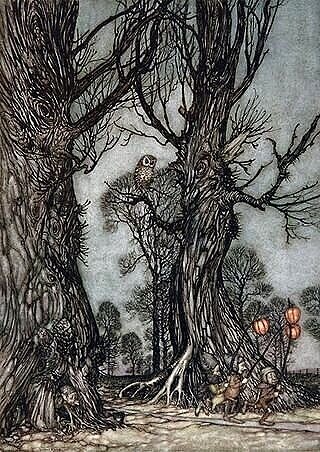Winter Solstice 2020
The Year of the Great Conjuction
The winter solstice marks the official beginning of astronomical winter. The myths of Asia, Africa and old Europe to Native American tales, all celebrate this cycle of birth, death and rebirth.
The word solstice roughly translates from Latin, sol (sun) and sistere (to stand still), means “sun stand still.” Why? For a few days before and after the solstice, the Sun’s path across the sky appears frozen in time. The change in its noontime elevation is so slight that the Sun’s path seems to stay the same, or stand still. On the day of the solstice, stand outside at noon and look at your shadow. It’s the longest shadow that you’ll cast all year!
The winter solstice holds mythological significance around the world, as it signals the changing of the seasons. The long, dark night of the winter solstice and the turning point of the Sun’s journey symbolize the moment light was reborn and a new year begins. We can then understand how light became a symbol for goodness, life, positivity and dark became a symbol for fear, death and evil.
It’s no accident the winter solstice coincides with the more advertised, Christian Christmas. The death of the year in winter was personified by the death and rebirth, or resurrection, of a god’s consort or child, often representing the sun. This figure brings light back to the world and turns the seasons from winter to spring. We mark this time of new beginnings by cleansing the soul of sins, warding off bad spirits, and revel in the life-giving Sun. So, gather the mistletoe, holly, and ivy by moonlight for a Celtic, Baltic, and Germanic Winter Solstice Eve. Decorate your pine tree, that is, a Norse fura, Roman pinus pinea, or Greek pitys for Freyja, Attis, or Dionysia. Stay up all night to keep your Norse and Anglo-Saxon Yule log lit. Soak in a hot bath with yuzu citrus in Japan or eat a bowl of Korean red bean porridge. However you celebrate, revel in your Saturnalia, ward off evil, and celebrate the birth of a new solar year.
Today, dozens of pagans, druids, and lovers of astronomy will journey to Stonehenge, an iconic site in England, to pay tribute to the sun during the solstice. While others, those lucky enough to be selected through an annual lottery, stand inside the Newgrange monument in Ireland and absorb the first rays of the day as they fill the ancient chambers during the winter solstice.
We often think of the winter solstice as an event that spans an entire calendar day, but the solstice actually lasts only a moment. Specifically, it’s the exact moment when a hemisphere is tilted as far away from the Sun as it can be. The solstice happens at the same instant everywhere on Earth.
This year, we will be treated to an extraordinary astronomical event: a “Great Conjunction.” Jupiter and Saturn, the two largest planets in our solar system, will appear closer together in the sky than they’ve been in centuries. This is the rarest meeting between any of the five bright planets. It happens just once every two decades, and 2020 brings the closest Jupiter-Saturn conjunction since 1623, during Galileo’s times. Our two biggest worlds will appear closer to each other than they have in centuries, as if they are touching in the night sky above. To some, it may appear as a very bright “Christmas Star.” To all of us, it will be the astronomical event of our lifetime.





